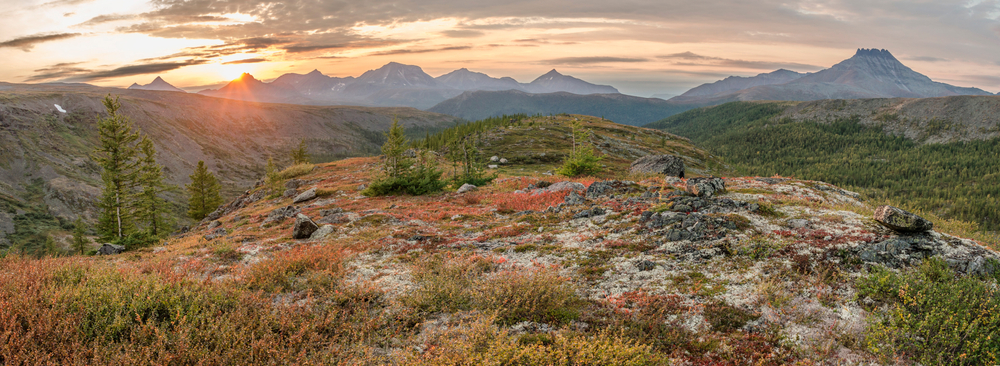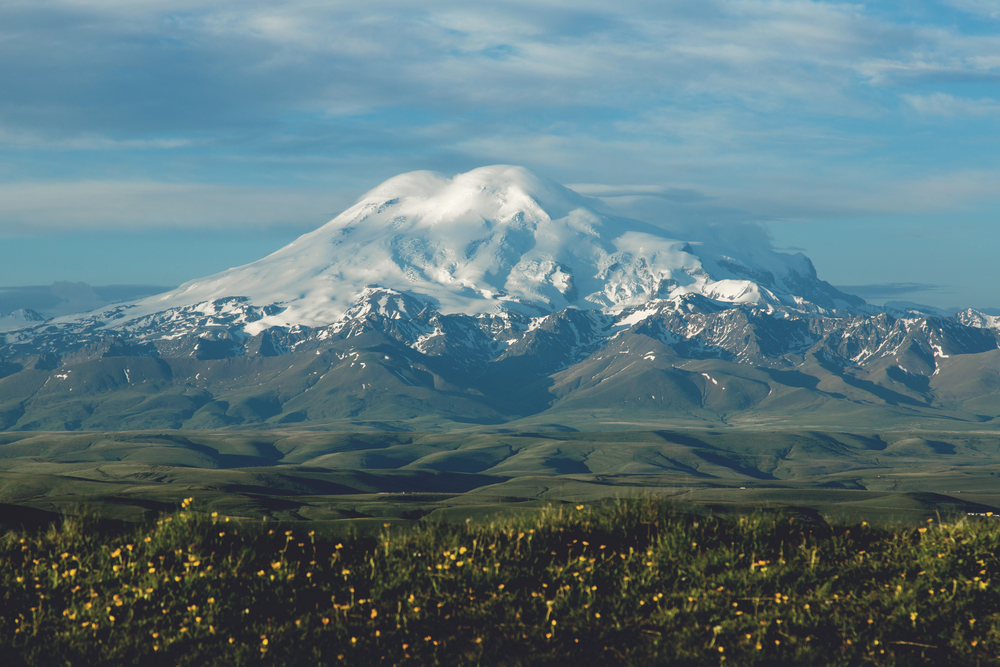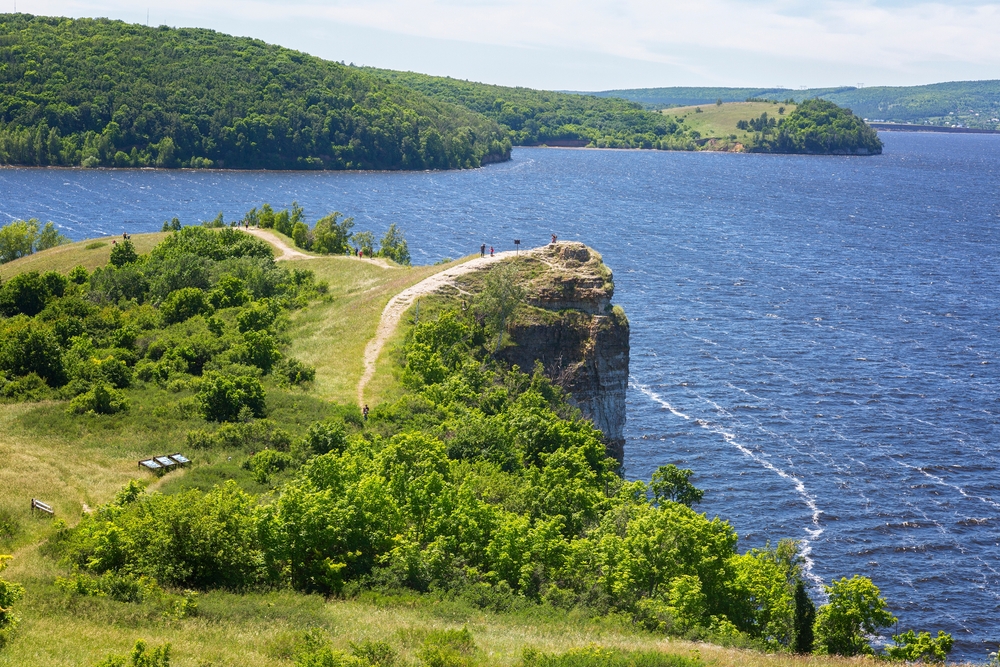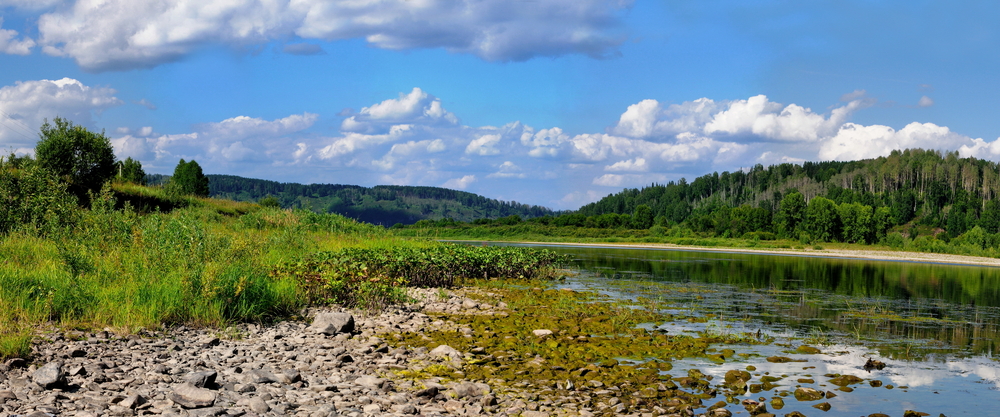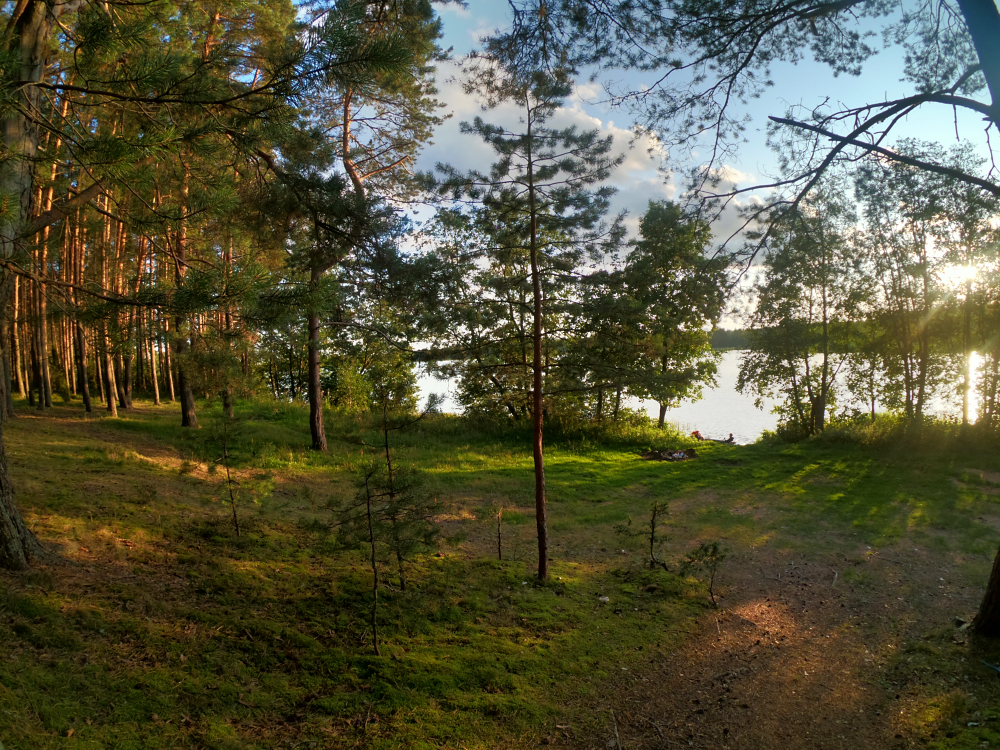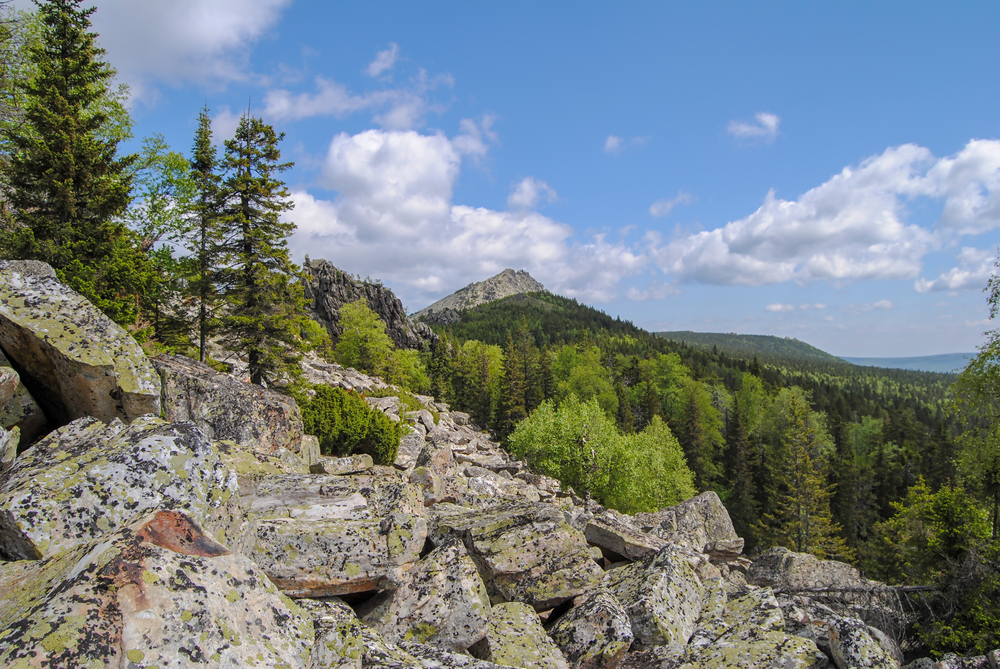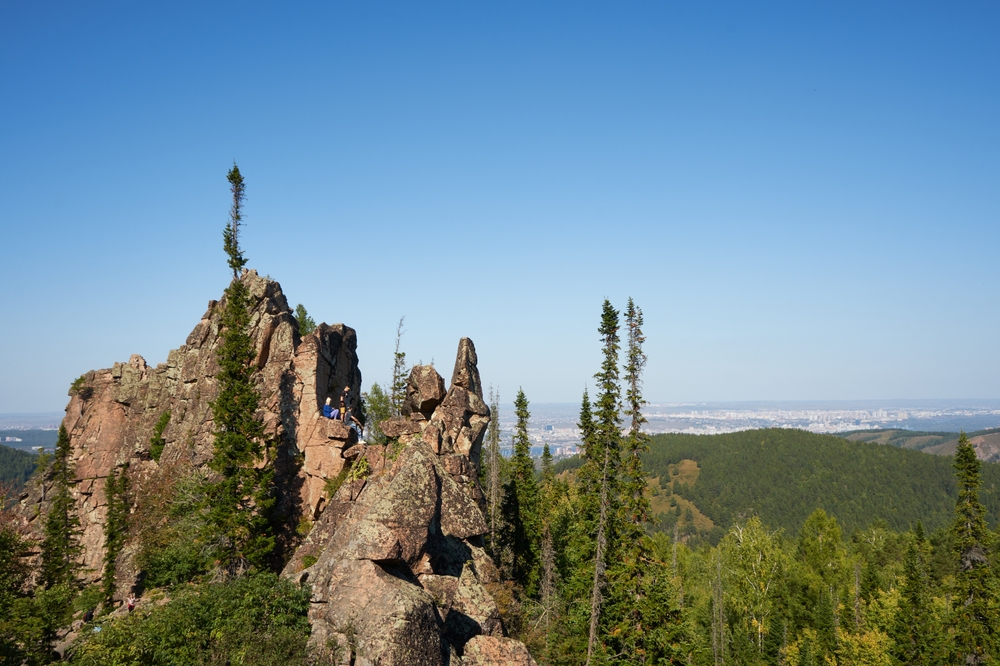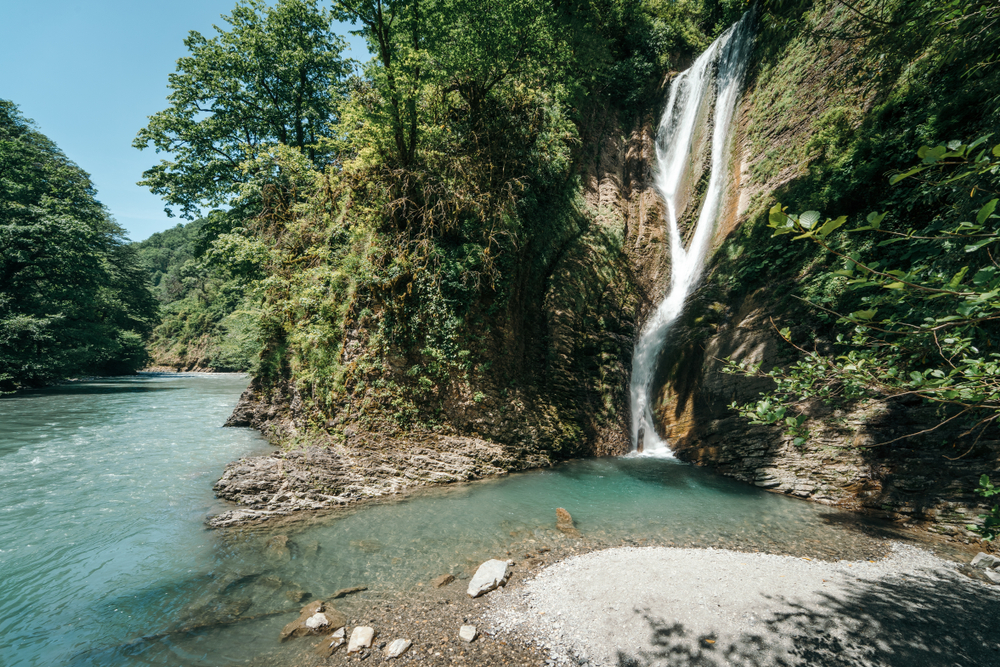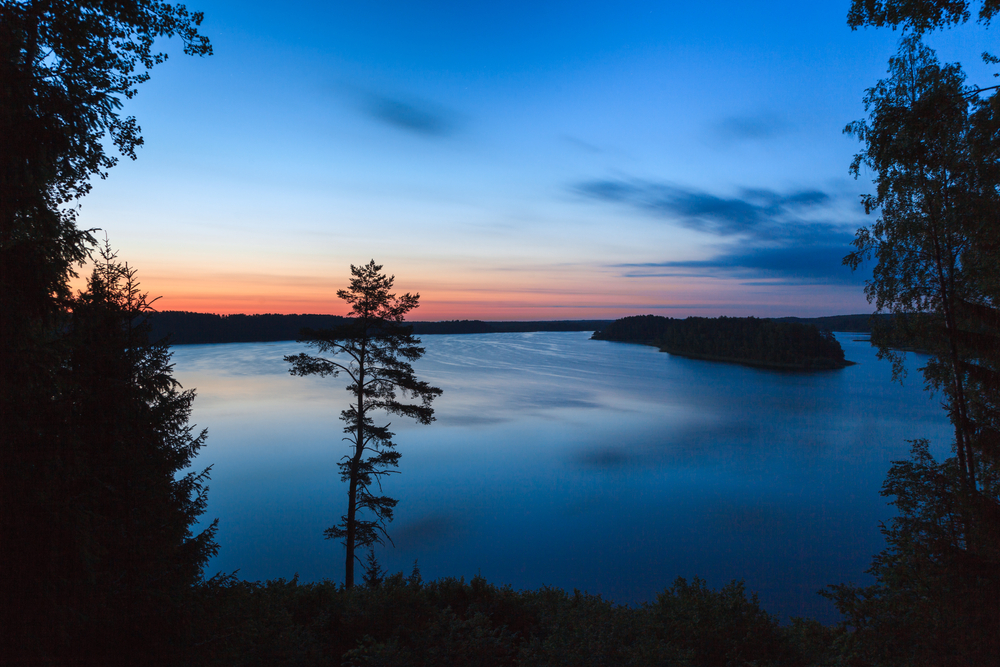Yugyd Va Overview
Yugyd Va National Park, known locally as Югыд ва, is the largest national park in Russia, covering approximately 7,303 square miles (18,917 square kilometers). It is located in the Komi Republic, within the Ural Mountains, and is part of the Virgin Komi Forests, a UNESCO World Heritage Site.
The park’s landscape is dominated by rugged mountain ranges, dense boreal forests, and pristine rivers. The highest peak in the park is Mount Narodnaya, standing at 6,214 feet (1,894 meters), making it the tallest mountain in the Urals. The park is intersected by several rivers, including the Pechora and Kosyu, which contribute to the region’s rich biodiversity and serve as lifelines for the diverse wildlife inhabiting the area. The landscape is also characterized by vast taiga forests, tundra plateaus, and deep valleys, creating a remote and untouched wilderness.
Yugyd Va National Park is home to an impressive array of wildlife, including large mammals such as brown bears, wolverines, and lynxes, which roam the dense forests. The elusive Siberian roe deer and reindeer can also be spotted, particularly in the open tundra and forested areas.
The park provides a critical habitat for rare species like the Russian desman, a semi-aquatic mammal found near water bodies. Birdwatchers may encounter golden eagles, peregrine falcons, and the rare great grey owl, among many other avian species. The diverse ecosystems support a range of fish species in the rivers, making the park an essential refuge for aquatic biodiversity.
Visitors to Yugyd Va National Park can experience its untouched wilderness through various outdoor activities. Hiking is a popular way to explore the park, with trails leading through ancient forests, along riverbanks, and up to breathtaking mountain summits. The rivers provide opportunities for rafting and kayaking, allowing adventurers to navigate through crystal-clear waters surrounded by pristine nature.
In winter, the park transforms into a snow-covered wonderland, attracting cross-country skiers and wildlife enthusiasts eager to witness the beauty of the taiga in its frozen state. Fishing is another popular activity, with the park’s rivers teeming with species such as grayling and taimen. The remote location ensures that visitors seeking solitude and connection with nature can truly immerse themselves in an unspoiled environment.
The park’s conservation efforts have been instrumental in preserving one of Europe’s last remaining wilderness areas. As part of the Virgin Komi Forests, it plays a crucial role in protecting old-growth boreal forests and the diverse species that depend on them.
However, the park faces threats from illegal logging, poaching, and the impacts of climate change, which could alter its fragile ecosystems. Despite these challenges, strict conservation policies and UNESCO designation have helped maintain its pristine condition.
Continued efforts in ecological research and sustainable tourism aim to balance human impact with the need for long-term protection. The commitment to safeguarding Yugyd Va National Park ensures that future generations can continue to experience the raw beauty of Russia’s northern wilderness.








































































